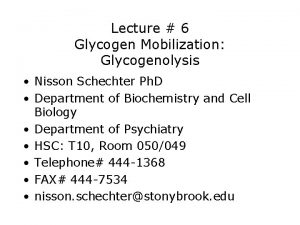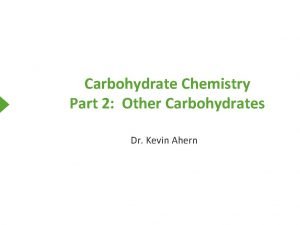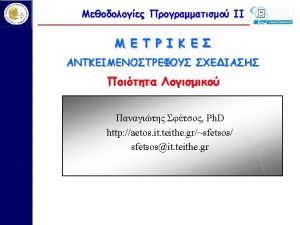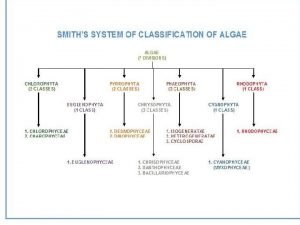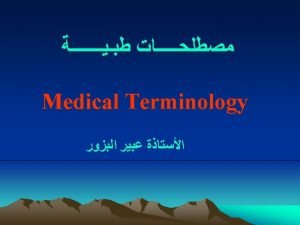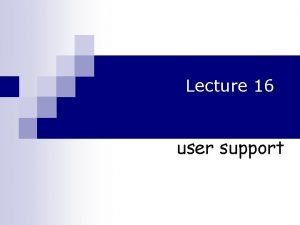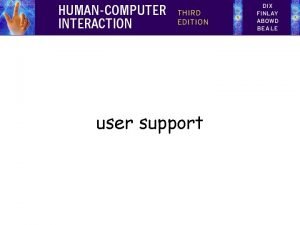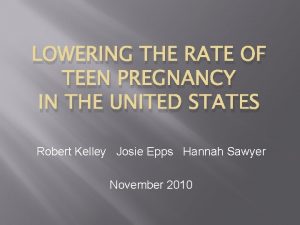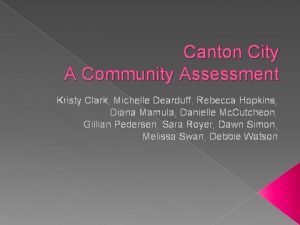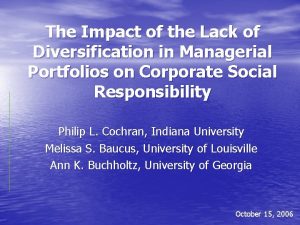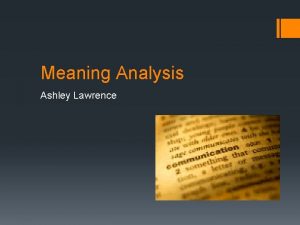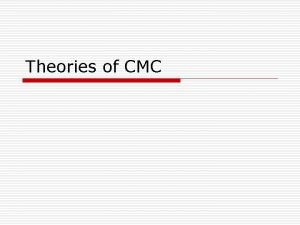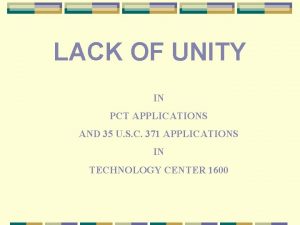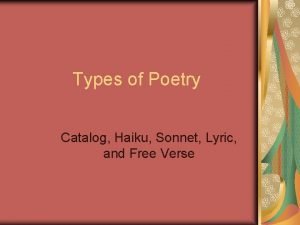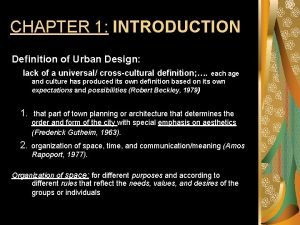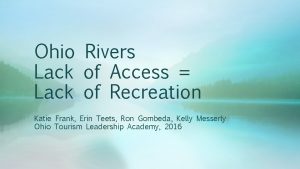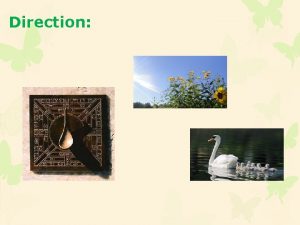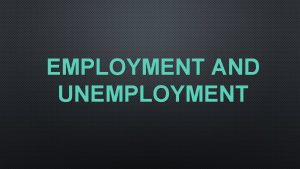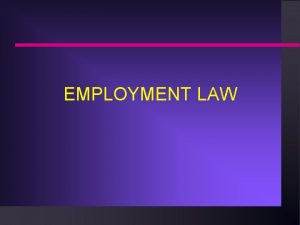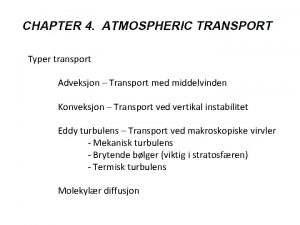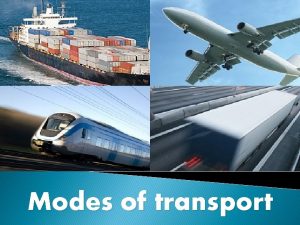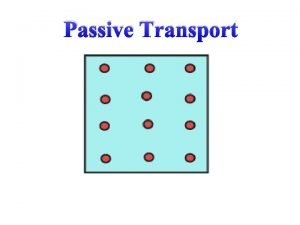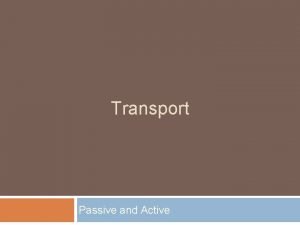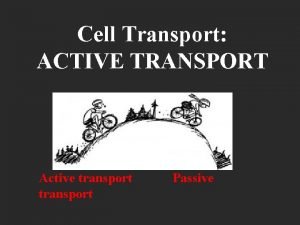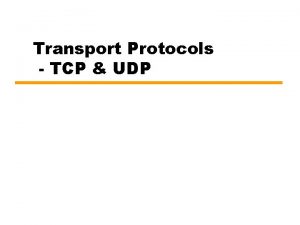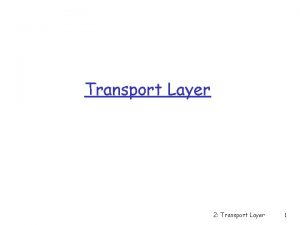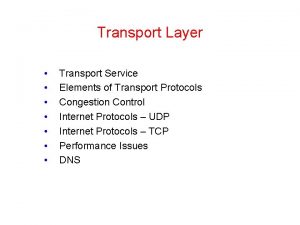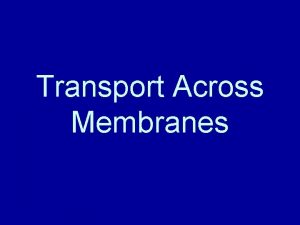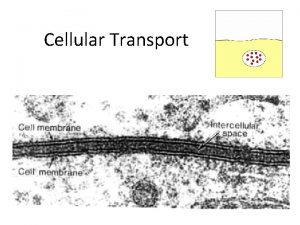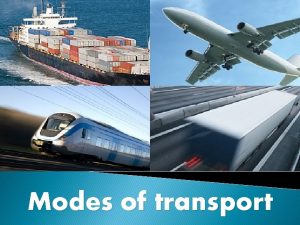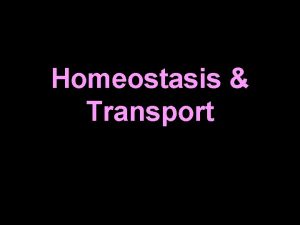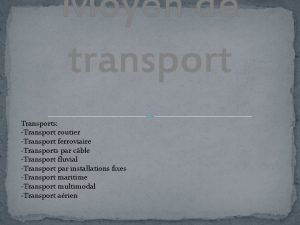T 2 E Transport to Employment Reducing lack

















































- Slides: 49

T 2 E – Transport to Employment Reducing lack of transport as a barrier to gaining employment in rural communities Steve Wright s. d. wright@abdn. ac. uk

T 2 E - In a nutshell Objectives o Improve transport access to employment in East Sutherland, Easter Ross and Southern Caithness o Develop solution requiring minimum ongoing financial support o Evaluate sustainability of the routes provided and assess the wider benefits of the service to society

T 2 E - In a nutshell o Startup funding provided by n n European Social Fund Scottish Executive Working For Families Highland Council o Service planning - Taxi Studies Group at Napier University o Booking Office services - ‘T 2 E Ltd’ established o Transport provided by numerous local taxi firms o Evaluation - TORG at Newcastle University

Contents o o o Why East Sutherland area ? EMIRES project Operational aspects of the T 2 E scheme n n n o Evaluation n o Service design + management Booking office provision Transport provision Level of use Stakeholder satisfaction (Users / Employers / Taxi operators) Assessment of costs/benefits and sustainability Conclusions and what’s next

East Sutherland area o Sutherland is the least densely populated county in the UK o Regional economy: main industries include tourism, call and contact centres; construction; agriculture.

East Sutherland area POPULATION Approx 8, 000 Dornoch 1200 Golspie 1400 Brora 1100 Lairg 900 Bonar Bridge / Ardgay 400 Tain 3, 500 Alness 5, 000 Invergordon 4, 000 DISTANCES Inverness – Dornoch 45 miles Tain - Dornoch 9 miles Golspie - Dornoch 11 miles Lairg – Dornoch 22 miles Bonar Bridge – Dornoch 14 miles Golspie – Lairg 19 miles Golspie - Brora 5 miles Brora – Helmsdale 11 miles Generally, the main employment opportunities are located in or near the coastal towns of Dornoch, Golspie and Tain, which are popular tourist destinations and main centres of activity.

Location of unemployed Source: NOMIS official labour market statistics (www. nomisweb. co. uk)

Joseph Rowntree Foundation study (JRF, 2003 - Wired For Work? ICT and Job Seeking in Rural Areas) o 190 face to face interviews and 6 focus groups conducted between 2001 and 2003 n job seekers hold realistic views about the need to commute n 51% from the Sutherland area willing to travel more than 40 km to and from work on a daily basis n 61% of job seekers in Sutherland held a driving licence n private transport ownership amongst job seekers very low (21%) So jobseekers willing to travel but don’t have own transport

Joseph Rowntree Foundation study (JRF, 2003 - Wired For Work? ICT and Job Seeking in Rural Areas) o ICT plays a growing role in job search activities n remote rural communities are much more likely to use the Internet to look for work n Job search sites return vacancies but without own car can’t get to them – frustrating and gives perception they are not useful so job seekers stop using them jobseekers willing to use internet to find vacancies but also want to know if they can access them by PT EMIRES Project

EU EMIRES project Matching job search and transport information in a rural area (demonstration site East Sutherland) www. jobseekers. direct. gov. uk www. transportdirect. info Jobcentre Plus nationwide vacancy database Mapping gaps in provision National Public Transport database bespoke journey planning software Log of searches with no PT availability (postcode sector to sector) EMIRES website front end Sutherland PT database (inc. DRT and post-bus services)

Job locations and labour supply o EMIRES highlighted job vacancies remain unfilled in coastal towns of Dornoch, Golspie and Tain n n Generally low skilled jobs in tourist industry or call centres Supply of active job seekers outside immediate vicinity but within 20 miles higher land values in the coastal towns prevent the job seeking labour force from moving closer Creates a need for travel BUT gaps in public transport provision restricting access to employment It is from this project that the T 2 E concept developed n n n initial user needs were identified, initial partnerships established, service design ideas nurtured.

General people movements required to match job supply and demand

Existing public transport services in East Sutherland o o o o Train Intercity Bus Local Bus Scool Bus Dial-a-Ride Post Bus Taxis Generally do not provide appropriate level of service to match job seekers to vacancies

T 2 E service characteristics small numbers of travellers often demanding travel at same time from and to dispersed locations sometimes unsociable hours of work new bus services inappropriate o use of several small vehicles as and when needed Taxis ! o devise method of utilising local taxi firms o o o • sustainable • acceptable • legal

Design Requirements (1) o Sustainable – minimise costs and maximise revenues o Plan routes which enable and encourage coordination of trip demands onto same vehicle n n n o Negotiated tariffs with taxi firms n n consider known trip demands in time and space consider potential of route to satisfy future demands consider potential of route to attract existing employees Achieved 40% reduction on standard tariff rates £ 1 per mile Same rate regardless of passengers carried No retainer Model for achieving sustainability is based on 3 users sharing ride with an average trip length of 10 miles Cost 10 miles x £ 1 per mile =£ 10 Revenue 35 p per mile x 10 miles x 3 passengers = £ 10. 50

Design Requirements (2) o Acceptable o job seekers n n o taxi firms n n n o Job seekers travel free for first 4 months After this pay equivalent of a bus fare (35 p per mile – capped at £ 3. 50) Job Seekers pay T 2 E monthly in arrears. Billed only for trips made. flexible routes – access to childcare desired en-route to work Taxi drivers don’t handle bookings or fares – T 2 E booking office deal with this. Low technology requirements Provided weekly route itinerary by fax + e-mail. Sent monthly billing forms to sign for payment direct from Highland Council. Employers n Flexibility to change work rotas in knowledge staff can still get to work

Design Requirements (3) o Legal o Must abide by regulations on shared use of private hire vehicles n n Section 11 of the Transport Act 1985 makes provision for the carriage at separate fares in licensed taxis and private hire vehicles of passengers who have booked their journeys in advance. Allows changes to route at short notice

Design Requirements (4) o o Numerous local private hire taxi firms (often small and without proper office – mobile) Needed mechanism to co-ordinate routes and allocate demands to most suitable taxi Needed single number for job seekers to ring to receive information and to make bookings Needed standard way of billing and making payments Need for a centralised booking office n n Central service planning / route development Co-ordinated booking and scheduling of trips Co-ordinated billing and payments Information and Promotion Initially Napier University Now ‘T 2 E Ltd’ (private company with charitable status)

Booking Office Provision (1) o The T 2 E booking office n n o dedicated phone-line – the T 2 E Hotline – charged at local rates staffed by from 9: 30 a. m. to 5: 00 p. m. , 5 days per week calls made outside these hours are diverted to an answering service, which is also operational when the T 2 E Hotline number is engaged. separate emergency number available between 0600 and 2200 hours, 7 days per week. T 2 E web-site offers on-line booking for registered users (http: //www. t 2 e. org. uk).

Booking Office Provision (2) o Individual clients can be introduced to the scheme in a number of ways: o o o Direct Contact - including contact initiated through published media, the T 2 E website, the Highland Council website and service points. Referred Contact - potential users placed in contact with the scheme by the Jobcentre Plus, Working for Families or by employers providing information at the point of interview or first contact between employer and potential employee Personal Contact - whereby potential users are introduced to the scheme by existing user recommendations

Booking Office Provision (3)

Transport Provision (1) o 8 taxi firms o 20 routes provided o Average route distance 11 miles o Agreed tariff of £ 1 per mile o No retainer o No add-ons for multiple passengers

Transport Provision (2) Routes provided (June 2006 - March 2007)

Contents o o o Why East Sutherland area ? EMIRES project Operational aspects of the T 2 E scheme n n n o Service design + management Booking office provision Transport provision Evaluation n n Level of use Stakeholder satisfaction (Users / Employers / Taxi operators) Assessment of costs/benefits and sustainability Conclusions and what’s next n o

Evaluation summary o The methodology employed in the evaluation consisted of n n a detailed analysis of the booking and invoicing data collected for the 10 month period from June 2006 – March 2007 combination of surveys to gauge the levels of effectiveness, acceptability and reliability of the service. Consisting of; o o o structured questionnaires with users structured questionnaires with providers (of employment and transport) and semi-structured interviews with key stakeholders

Evaluation results- use of service o Generally the T 2 E services meet with the principle funding criteria which were n n n to overcome the barriers met by young people who do not have opportunities for learning and employment, childcare initiatives to support access to work, and to improve opportunities for women o No of users now exceeds 100. o A constant churn of users dropping out of the service and being replaced by new users is evident.

Routes provided (June 2006 - March 2007)

Route details

Av. route costs and revenues over time

User Surveys o Surveys conducted with over a third of the total number of users revealed: o o o o 70 % claimed that public transport was available to their place of work but at unsuitable times while 30 % claimed that there was no public transport at all to their place of work ¾ of respondents have had to turn down job opportunities in the past due to a lack of transport T 2 E has enabled over 95% of respondents to gain employment which, otherwise, they would have been unable to access. 45 % were employed before T 2 E, 33 % were unemployed and 22 % were in fulltime education More than half of the T 2 E users who had been unemployed prior to using T 2 E were long-term unemployed (>24 months) All respondents reported that they were happy with the destinations offered by T 2 E and that their T 2 E journey operated at a suitable time for them Only 1 user commented that the service was too expensive All respondents said they would recommend the service to others and, in fact, almost half of the respondents have already recommended T 2 E to someone who now uses the service

Former Users n Over 60% of former users felt the service was very reliable and had no problems. The remainder thought the service was somewhat reliable or had no strong opinion. n The following reasons were given for stopping use of the service: o o o o 3 moved job 2 moved house 2 bought a car 1 changed personal circumstances 1 family illness prevented user going to work 2 work was seasonal 1 decided to live on premises 1 user commented that service was too expensive, but also stated this was not their main reason for stopping use

Taxi operator surveys n n The Taxi operators who responded both agreed or strongly agreed that the T 2 E service provided a steady income and greater stability. Both had provided more working hours to members of staff and one had employed more drivers as a direct result of increased work provided by T 2 E. taxi firms reported that T 2 E provided double the income they would otherwise have received for the times they were involved in T 2 E journeys – a 20% increase in income but at the sacrifice of 10% of revenue from other sources (although some of this is picked up at other times of day) the T 2 E service has been a welcome addition to the taxi trade – especially during winter months

Employers surveys n n n half the respondents stated it was easier to fill vacancies as a direct result of T 2 E. 66% believed that the flexibility of the service had eased the burden of sorting out work rosters Over 85% of respondents thought that the T 2 E service operated at times which fit with shift patterns and working hours Over 70% thought that as a result of T 2 E there was a greater likelihood of them appointing someone from the local area Employers, generally, agreed that their businesses have benefited from T 2 E on many levels, specifically: improved staff attendance; easier management of staff rotas; greater likelihood of appointing staff from the local area. However, the majority of employers are reluctant to contribute to the costs of the service, even though the introduction of it has resulted in a reduction in their own expenses.

Stakeholders interviews n n The involvement of the stakeholder organisations and the roles of the individuals interviewed within these organisations included providing financial backing, steering group membership, involvement in designing service delivery, contact point and referral agent for job seekers, liaising with employers, negotiating with taxi operators and promotion of project. All respondents felt, with conviction, the service has been effective at improving access to employment? flexibility of the service was highlighted as a major advantage in regard to accessing childcare All stakeholders aware of the costs to users thought they were acceptable and every stakeholder was of the opinion that T 2 E provides a service that job seekers could not receive anywhere else.

Survey summary o In general, the service is viewed very positively by its users and employers / stakeholders o The cost/revenue evaluation suggests that overall, on the established routes, just over 20% of costs are being recovered, requiring 80% support. It is important to realise that the value of a route can not be determined solely by its level of subsidy.

SROI Analysis o need for an alternative form of cost / benefit analysis n n o accounts for the social and economic benefits to individual users not simply assessing the sustainability of the service based on the balance sheet of supplier costs and revenues generated. apply assessment technique known as Social Return on Investment (SROI) analysis n gain some measure of these social benefits and economic benefits to individuals

SROI analysis o SROI captures the economic value of social benefits by translating social objectives into financial measures of benefit. o Measured benefits arising from T 2 E include those to individual clients and to the State. n n o A monetary value is established in relation to the social benefits of increased employment to the client (based upon net increased income, i. e. client’s wages minus lost welfare benefits and increased taxes). The monetary value to the State is assessed in terms of the reduction in welfare payments offset against increased tax contribution. Comparing this value of benefits to the investment made produces an SROI ratio.

SROI analysis – indicators used

Drop-off and Add-on o Clients who have stopped using the T 2 E service (drop-off rate 75%) have not necessarily stopped working; n n some have bought a car to travel to work, others have moved home in order to be closer to their place of work. o T 2 E has helped them get started in employment until they felt established and financially stable enough to make the commitment to either purchase a car or move closer to work. o For these instances, the benefits of T 2 E in terms of increased income, tax revenue and reduced benefits payments continue without the cost of supplying transport. Requires introduction of an ‘add-on’ factor which allows the analysis to more closely reflect the lasting benefits of the service to society. o n n user survey responses indicate that approximately one third of the users who stop using the T 2 E service (75% of all users) continue in the same employment which results in an add-on rate of 25%.

SROI calculations

SROI Results o values of total annual benefit adjusted –using discount rate of 3. 5%- to produce the Net Present Value (NPV) of benefits • ‘value added’ measures the value that the project has created through its activities (the difference between the NPV of benefits and the NPV of investment) • ‘SROI ratio’ measures the value of the benefits relative to the costs of achieving those benefits (the ratio between the NPV of benefits to the NPV of investment) SROI ratio of 3. 2 means that for every £ 1 of investment, £ 3. 20 worth of social benefits is generated. Any value of SROI ratio above 1 is generally attractive from an investment viewpoint.

Can the service be described as Sustainable?

Contents o o o Why East Sutherland area ? EMIRES project Operational aspects of the T 2 E scheme n n n o Evaluation n o Service design + management Booking office provision Transport provision Level of use Stakeholder satisfaction (Users / Employers / Taxi operators) Assessment of costs/benefits and sustainability Conclusions and what’s next

Stakeholder views o o All stakeholders thought the T 2 E service offered good or very good value for money to the users those that committed a financial or human resource towards the operation of the service felt they received very good value return for their input. o Stakeholders thought that T 2 E improved community cohesion as it “put money into local pockets” but it was commented that the whole community does not benefit from the service as its use is restricted to particular groups. o Stakeholders were very keen that the added value social benefits of the service was considered in value for money assessments. o Additionally stakeholders also commented on the harder to quantify benefits to individuals of improved quality of life gained from increased opportunities, self esteem gained from securing employment, increased spending power and related freedoms and felt these were also attributable to the T 2 E service.

Stakeholder views o the service should continue to receive subsidy from government/local authority funds as it is providing a necessary service to the public in the absence of any alternative public transport o all stakeholders envisaged continuing their involvement with T 2 E in the future subject to their organisations receiving continued funding themselves o changes stakeholders would like to see n n n a relaxation of eligibility criteria to open the service up to more groups of the population to use the same model to provide access to health care/social sectors. employers to become more involved and to take some responsibility for changes to shifts and to contribute towards costs of the service

Transferability o few barriers to transferability were foreseen as the model for delivery is not location specific as it uses a central booking office and subcontractors to deliver the service o stakeholders felt that T 2 E could operate effectively in most other areas of the Highlands and specifically Fort William, Wester Ross, Lochaber and the Islands. n however, introduction of the service in certain areas, especially the west coast, should proceed with caution due to the long distances involved in travel and a lack of transport providers in some of the more remote areas o other rural areas and semi-rural areas of the UK were also seen as potentially suitable for delivery of the service o the willingness of key partner engagement was seen as essential and the involvement of an individual ‘champion’ is viewed as very important to the success of schemes like T 2 E.

Current plans o On-going operation of T 2 E in East Sutherland/Easter Ross/Southern Caithness n investigate revisions to routes provided to increase occupancy rates o Application to Big Lottery for funding beyond 2008 o T 2 E Northern Ireland running since July 2007

Next Steps Based on the evaluation of the T 2 E service in East Sutherland/Easter Ross/Southern Caithness a rule base has been developed for establishing the application of T 2 E services elsewhere o Identify the need for the service n n o o Develop this advice and create a tool which An identifiable number of job vacancies which are difficult to fill automates as much of the process as possible Identify types of job and job seeker A sizable number of job seekers >3 miles but less than 20 miles from these job vacancies Ideally, sufficient job vacancies will be clustered in an area or along a corridor which define the destination and route. The establishment of core routes between areas of high unemployment and areas with large numbers of unfilled jobs or large numbers of employers is important if multiple GIS based tool which presents spatial data on occupancy T 2 E routes are to be generated • demographics, A lack of alternative transport provision in the area – especially public transport operating • employment, job densities + job vacancies, between the locations with job seekers and the locations of job vacancies Establish the supply for the service (must be sufficient taxi firms based locally) • public transport Maximise benefits - It is important to provide journeys to work (via childcare when necessary) for new job seekers rather than for those already in work Provides other advice on n n Investigate capabilities of accessibility Setting of Fares modelling tools for this purpose Establishing multiple occupancy routes Maximum length of route Consultation with Employers Partnership working

Acknowledgement o It was unanimous amongst stakeholders that the drive and enthusiasm of James Cooper has been paramount in the success of the service in Sutherland Easter Ross. o The added value of the service to individuals is encapsulated by the following stakeholder quote…. . “It cannot be stressed enough that this service changes people lives, lifts them out of poverty by enabling them to go to work. It is especially important to consider the [accessibility] factors of living in a rural area with bad transport infrastructure. T 2 E enables people to remain in the area they choose to live in by breaking down this barrier to work. ” http: //www. t 2 e. org. uk
 Glycogen reducing end
Glycogen reducing end Fehling's test for sucrose
Fehling's test for sucrose Reducing sugar vs non reducing sugar
Reducing sugar vs non reducing sugar Reducing sugars vs non reducing sugars
Reducing sugars vs non reducing sugars What is passive transport
What is passive transport Antiporter
Antiporter Endocytosis vs exocytosis
Endocytosis vs exocytosis Bioflix membrane transport
Bioflix membrane transport Active transport
Active transport Primary active transport vs secondary active transport
Primary active transport vs secondary active transport Now answer the questions
Now answer the questions Bioflix activity membrane transport active transport
Bioflix activity membrane transport active transport Active vs passive transport venn diagram
Active vs passive transport venn diagram Lack meaning
Lack meaning Lack of time perspective
Lack of time perspective Lack of cohesion of methods
Lack of cohesion of methods A lack of voluntary consent:
A lack of voluntary consent: Symbiosis video national geographic
Symbiosis video national geographic Used so often as to lack freshness or originality
Used so often as to lack freshness or originality What phylum is blue green algae in
What phylum is blue green algae in Decadence synonym
Decadence synonym Young lions do lack and suffer hunger
Young lions do lack and suffer hunger Overconsumption of fat
Overconsumption of fat Beechdrops are leafless plants that lack chlorophyll
Beechdrops are leafless plants that lack chlorophyll Negative effects of bad manners
Negative effects of bad manners Intrinsic barriers examples
Intrinsic barriers examples Your child's success or lack of success
Your child's success or lack of success Reuptake of neurotransmitters
Reuptake of neurotransmitters Vascocongestion
Vascocongestion Medical terminology aden
Medical terminology aden Users over lack support
Users over lack support Type of user support
Type of user support Causes of teenage pregnancy
Causes of teenage pregnancy What are the poetic elements
What are the poetic elements Used so often as to lack freshness or originality
Used so often as to lack freshness or originality Lack meaning
Lack meaning Modal verbs prohibition examples
Modal verbs prohibition examples Used so often as to lack freshness or originality
Used so often as to lack freshness or originality Lack of knowledge in teenage pregnancy
Lack of knowledge in teenage pregnancy Lack of diversification
Lack of diversification Meaning of presentation skills
Meaning of presentation skills Reportive definition philosophy
Reportive definition philosophy Frictional forces definition
Frictional forces definition Cuelessness model
Cuelessness model Lack of unity example
Lack of unity example Prokaryotic cells lack
Prokaryotic cells lack Prqrt
Prqrt Lyric poems
Lyric poems Lack meaning
Lack meaning Lack of understanding between parents and child
Lack of understanding between parents and child
